The sound like a fleet of 747s taking off. Flames soaring metres overhead. Heat so intense it can blister your skin. Queensland’s brave rural firefighters have told what it’s like to risk everything in the fight against the state’s unprecedented bushfires.
These are the accounts of frontline firefighters who have dealt with one of Queensland’s worst bushfire seasons.
Severe droughts and warming temperatures have transformed the Queensland outback into a tinderbox of fuel ready to ignite, and when lit almost impossible to fight.
LATEST BUSHFIRE ALERTS AND WARNINGS HERE
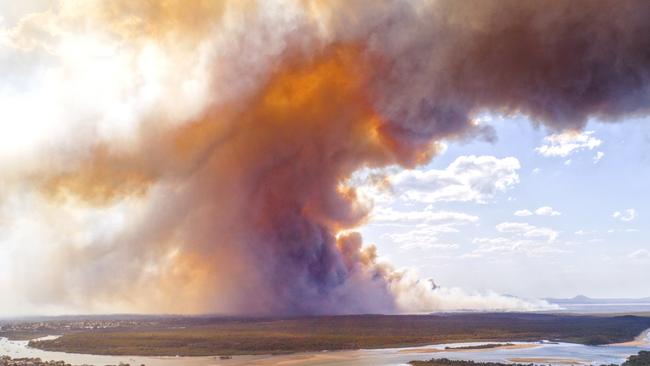
Firefighting for over 35 years, Coberrie Rural Fire Services First Officer Wayne Scott has had his fair share of fires, but it was the sounds of his colleagues calling into the Rockhampton incident control centre when he realised the Cobraball fire, near Yeppoon, was no ordinary blaze.

“Listening to the crews on the radio you can actually get a feeling of what the fire is actually like from the tone of their voice,” he said.
“Straight off, I could tell this wasn’t a fire we’ve ever had before.”
After claiming 15 properties, the most out of any in the state, the Cobraball fire left Mr Scott in awe at how fast it moved across the land.

“We saw 10m gum trees and the flames were 10m higher than the trees,” he said.
“The trees got so hot they just exploded.”
A member of this tight-knit community, Mr Scott said the efforts of protecting homes were very “emotional’ defending the homes owned by friends and family.
“The heat was huge and unforgettable,” he said.
“It is hard to put in words what it was like. So intense.”
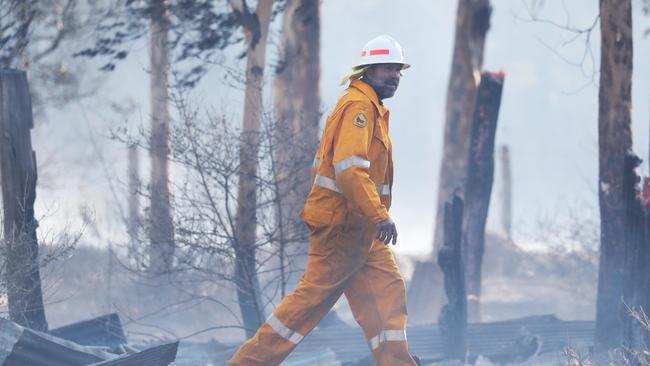
Without any rain Mr Scott said everything will become dead in a matter months.
Fighting to save his small Sunshine Coast community of Teewah, Clay Stjernqvist, has spent the last week battling blazes at Noosa North Shore and Cooroibah.
He said this is the biggest blaze he has ever seen in the area.
“I turned around and there was a massive plume of smoke,” Mr Stjernqvist, a member of the Teewah RFS since 2001, said
“It kicked off. The winds came in strong from the south west … and it was pushing towards us.”

Before the flames arrived, the battlers were blanketed in thick smoke that left them feeling choked, even with their masks on.
But when the flames closed in, the heat from the inferno felt “like no other”.
“The heat off the fire was next level. It was like getting closer and closer to a furnace. It gets to the point that if you don’t get out of there you will start blistering,” he said.
As the intensity grew, fighting the fire with water was useless with the Teewah RFS relying on emergency back burning, still being able hear the furore of the fire.
“It is like standing on a runway with a 747 flying overhead,” he said.
“The noise isn’t just in front of you, it seems to surround you. It is similar to a cyclone but with fire.”
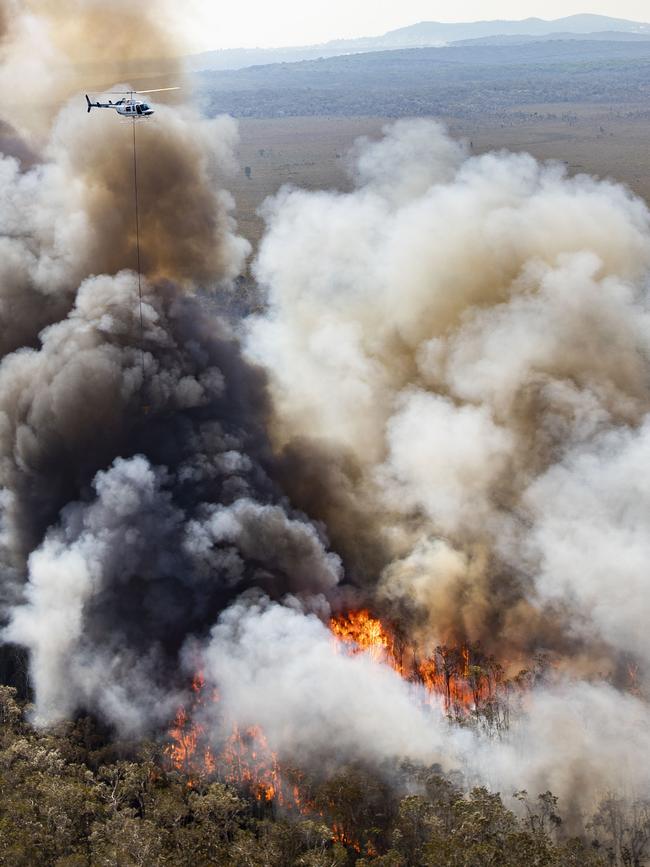
Mr Stjernqvist can still vividly remember the sounds of trees squealing and crackling under the pressure of the heat.
Visually, the fear sets in when there’s a crowning fire — a moment where the fire burns from the canopy — sending flames into the sky like a firework on cracker night.
“All you can see to the top of the tree is just red … and then you have the flame above the tree,” he said.
“When its crowning like that it would be 15-20m in height. That’s when you really start thinking you’ve got to get out of there.”
Trying to fight fire with fire to contain the blaze, Mr Stjernqvist said everything around becomes the colour of black and orange.
“It was probably freakier for the people evacuated than what it was for us,” he said.
“For the people down on the beach that were being evacuated, all they could see was a red glow.”
Yet teamwork and camaraderie between the brave men and women who risked their lives is the only reason more homes were not burnt, according to Mr Stjernqvist.
As these blazes become etched into the identity of these small communities, both men believe it will be a defining moment where Queenslanders rallied together to over come disaster.
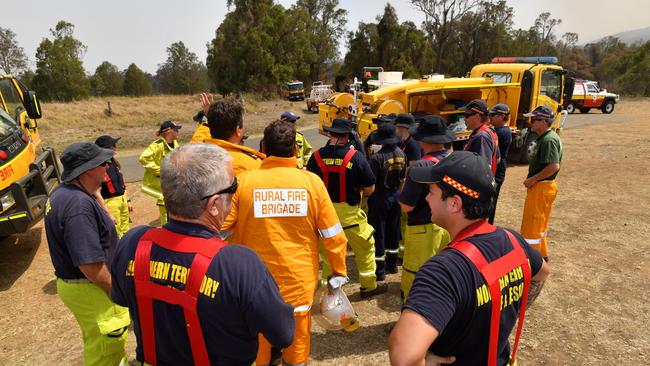

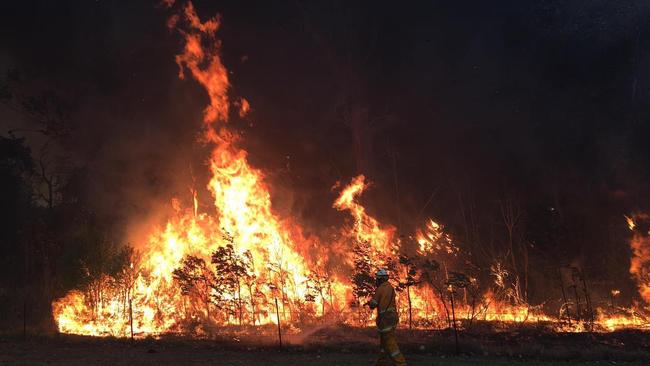
‘Oh my god, another one!’: Video captures mystery lights over state forest
A former police officer has captured wild video footage of multiple lights forming patterns and blinking in and out above state forest west of Gympie. Watch the video:
Clayfield Markets Fresh owners sell off rare slice of Hamilton Hill
A Brisbane power couple are selling a rare slice of the prestigious Hamilton Hill, a vacant block they bought a decade ago after years of plans stalled.